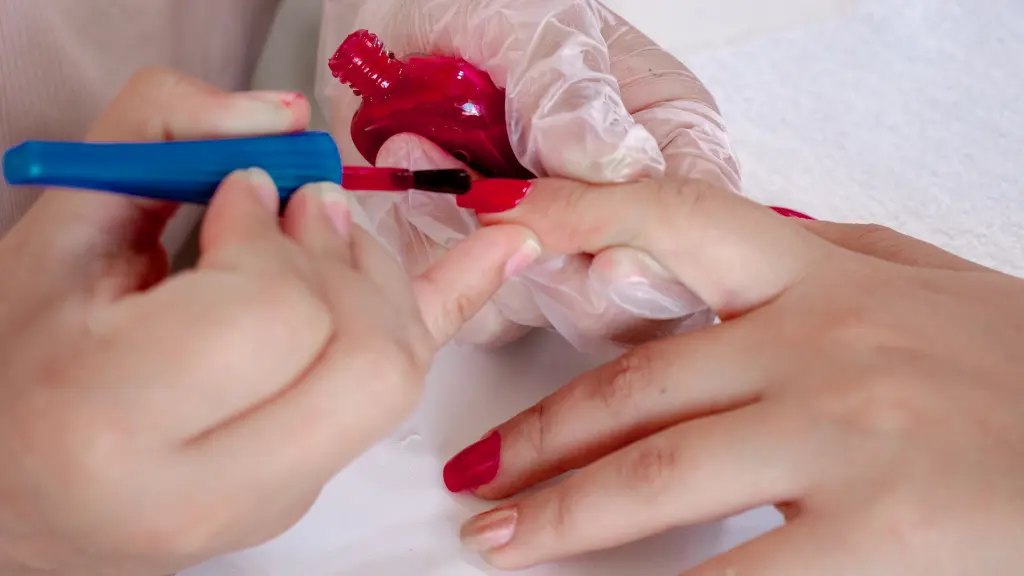Nail polish has been a beauty staple for decades, allowing us to express our style and creativity. Yet many people wonder if regular use of nail polish could be harmful to their nails. While polish itself isn’t necessarily damaging, frequent application, certain ingredients, and poor nail care routines can lead to issues.
Here, we’ll dive into the effects of nail polish on nail health, common concerns, and tips for keeping your nails strong and beautiful.
You May Also Like: How to Save Money on Your European Trip in 2025? Ask a Local
1. Understanding the Ingredients in Nail Polish
Nail polish is a blend of chemicals that help with texture, durability, and shine. Common ingredients include:
- Formaldehyde: Used as a hardener, but it can be harsh on nails and the surrounding skin.
- Toluene: Helps polish glide on smoothly but may irritate if used excessively.
- Dibutyl Phthalate (DBP): Helps with flexibility but may have health implications with prolonged exposure.
In response to consumer concerns, many brands have moved toward “5-free” or “10-free” formulas, which eliminate potentially harmful ingredients. If you’re concerned about these chemicals, choosing a nail polish that is labeled as free of these ingredients may help you avoid irritation and potential damage.
2. Does Nail Polish Weaken Nails?
Nail polish itself doesn’t necessarily weaken nails, but prolonged wear without breaks can contribute to weakening over time. Constant exposure to polish and removers can cause dehydration in the nail bed, making them brittle and prone to peeling. Even polishes labeled as “strengthening” can make nails more rigid than flexible, leading to breaks and tears.
Tip: Letting your nails breathe for a few days every month can help maintain their strength. Moisturize nails and cuticles regularly, especially during these breaks, to keep them hydrated and flexible.
3. How Often You Remove Nail Polish Matters
One of the most overlooked aspects of nail polish care is removal. Many people use acetone-based removers, which can be extremely drying. Acetone strips away natural oils from the nail surface, leaving them brittle and weak. For people who wear polish regularly, non-acetone removers are gentler, although they may require a bit more time to remove the polish completely.
Tip: When removing nail polish, soak a cotton ball and let it sit on the nail for a few seconds before wiping it off. This technique minimizes the need to scrub, which can weaken nails.
4. Are Gel and Acrylic Nails Worse for Nail Health?
Gel and acrylic nails are popular for their durability and professional look, but they come with their own set of issues. Both can be harder on natural nails compared to regular polish. Gel polish requires UV light to harden, and the removal process often involves soaking in acetone for extended periods, which can weaken the nail bed. Acrylics, meanwhile, can cause significant stress on the nail and increase the risk of fungal infections.
For those who want a long-lasting manicure, using gel only occasionally and giving nails time to recover between applications can help mitigate potential damage.
5. Nail Health Tips for Regular Polish Users
If you enjoy wearing nail polish regularly, consider incorporating these best practices into your routine to maintain nail health:
- Keep Nails Hydrated: Just like skin, nails need hydration. Regularly apply cuticle oil or moisturizer to keep the nail bed nourished.
- Use a Base Coat: A base coat not only helps polish adhere better but also protects nails from staining and harsh chemicals in colored polish.
- Choose Breathable Polish: Some brands offer “breathable” formulas that allow more air and moisture to reach the nail, potentially reducing the drying effect.
- Trim and File Regularly: Well-maintained nails are less likely to experience breakage. Trim and file nails to your preferred length every couple of weeks.
- Limit Exposure to Water: Frequent contact with water can soften nails, making them prone to peeling and breakage. Consider wearing gloves while doing dishes or cleaning to protect them.
6. Signs That Your Nails Need a Break from Polish
It’s essential to recognize when your nails need a breather. Common signs that it’s time to lay off polish for a while include:
- Yellowing or discoloration: Frequent use of dark polish shades, especially without a base coat, can stain nails over time.
- Brittleness and peeling: Nails that are constantly breaking or peeling need time to hydrate and restore their natural oils.
- White spots: Often a sign of dehydration or over-buffing, white spots indicate that the nail bed may be in distress.
Taking a break from polish and focusing on moisturizing can help your nails return to their natural state.
7. Nail Polish Alternatives for Healthier Nails
If you love the look of polished nails but want to minimize potential damage, consider alternatives such as:
- Nail Strengtheners: Clear strengtheners provide a glossy, polished look while promoting healthy nails.
- Breathable Polish: These allow more air to reach the nail and often come in vibrant colors.
- Nail Art without Polish: Embrace minimalistic designs with nail stickers or decals that don’t require polish. It’s a fun way to accessorize your nails without exposure to chemicals.
Conclusion: Is Nail Polish Bad for Your Nails?
Nail polish isn’t inherently bad for your nails, but regular use without proper care can lead to dryness, brittleness, and discoloration. By choosing polishes with fewer chemicals, practicing mindful nail care, and giving your nails time to breathe, you can enjoy your manicures while keeping your nails healthy. Ultimately, moderation and nail care routines make all the difference in achieving healthy, beautiful nails.










